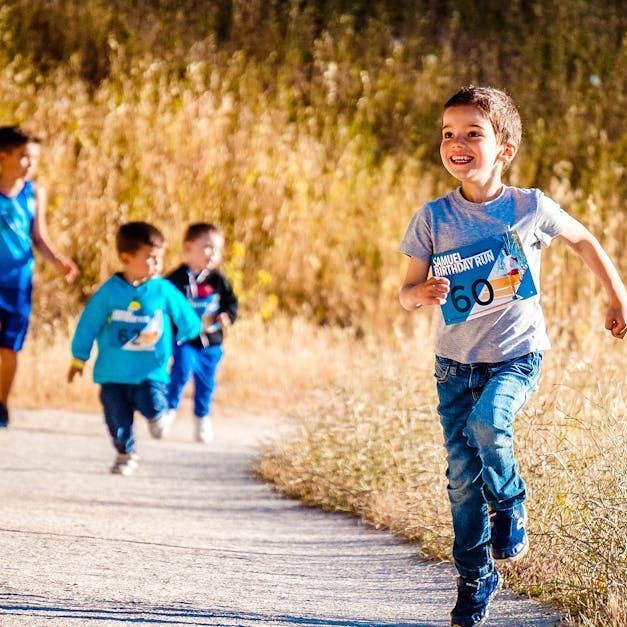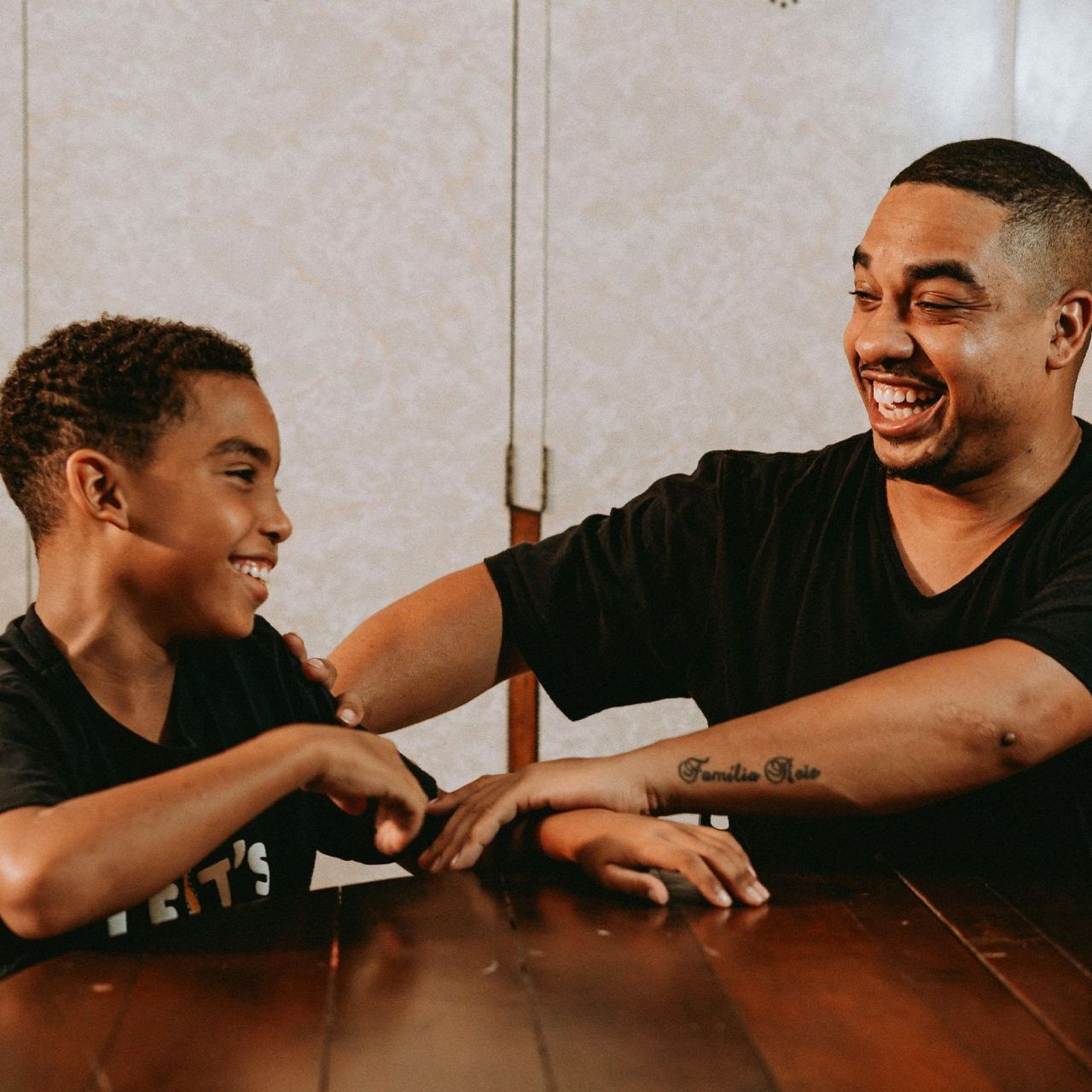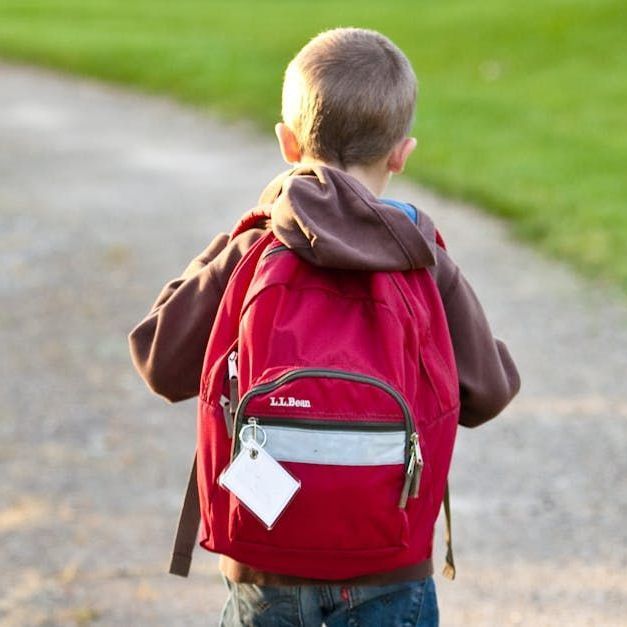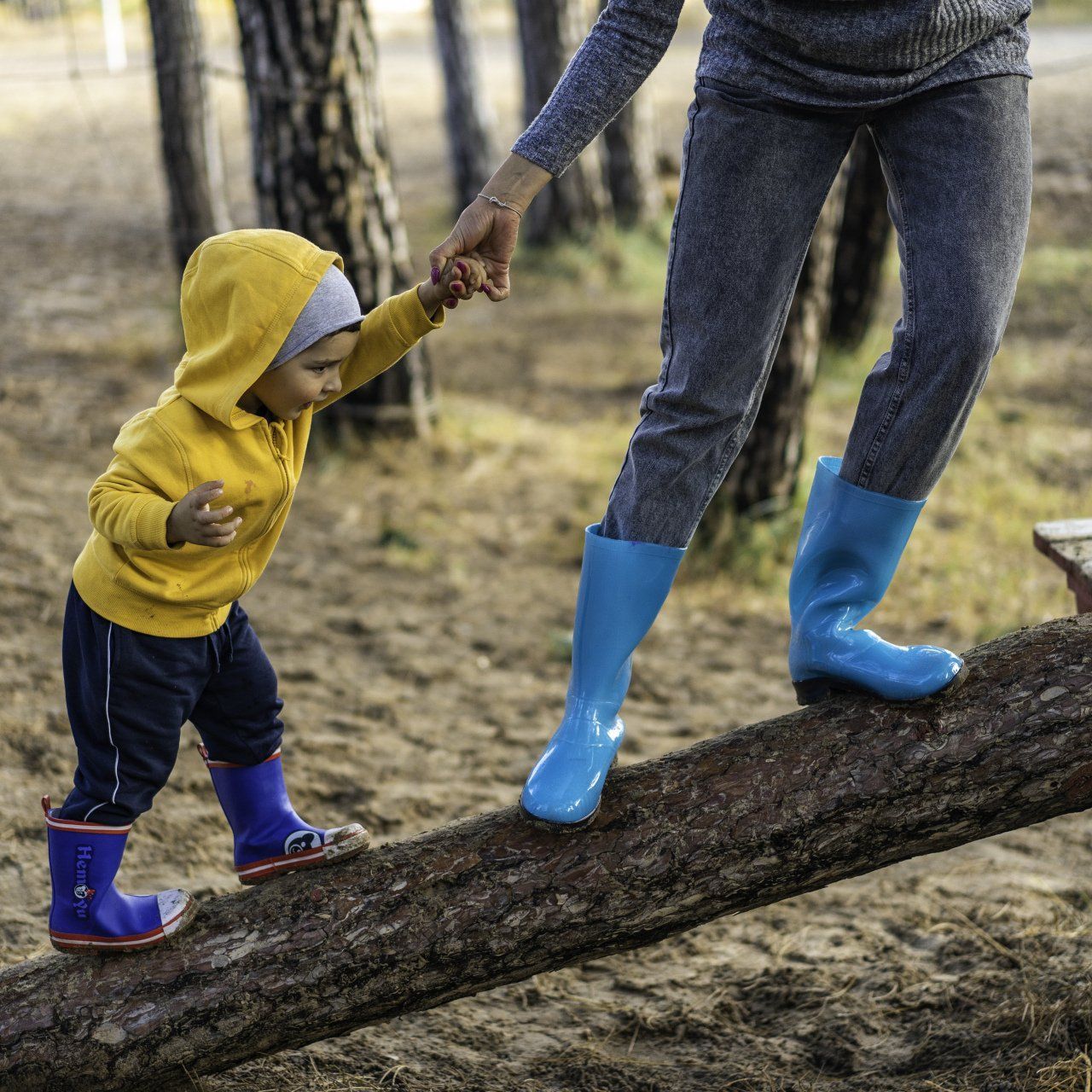Potty Training 101: Tips and Tricks for Parents
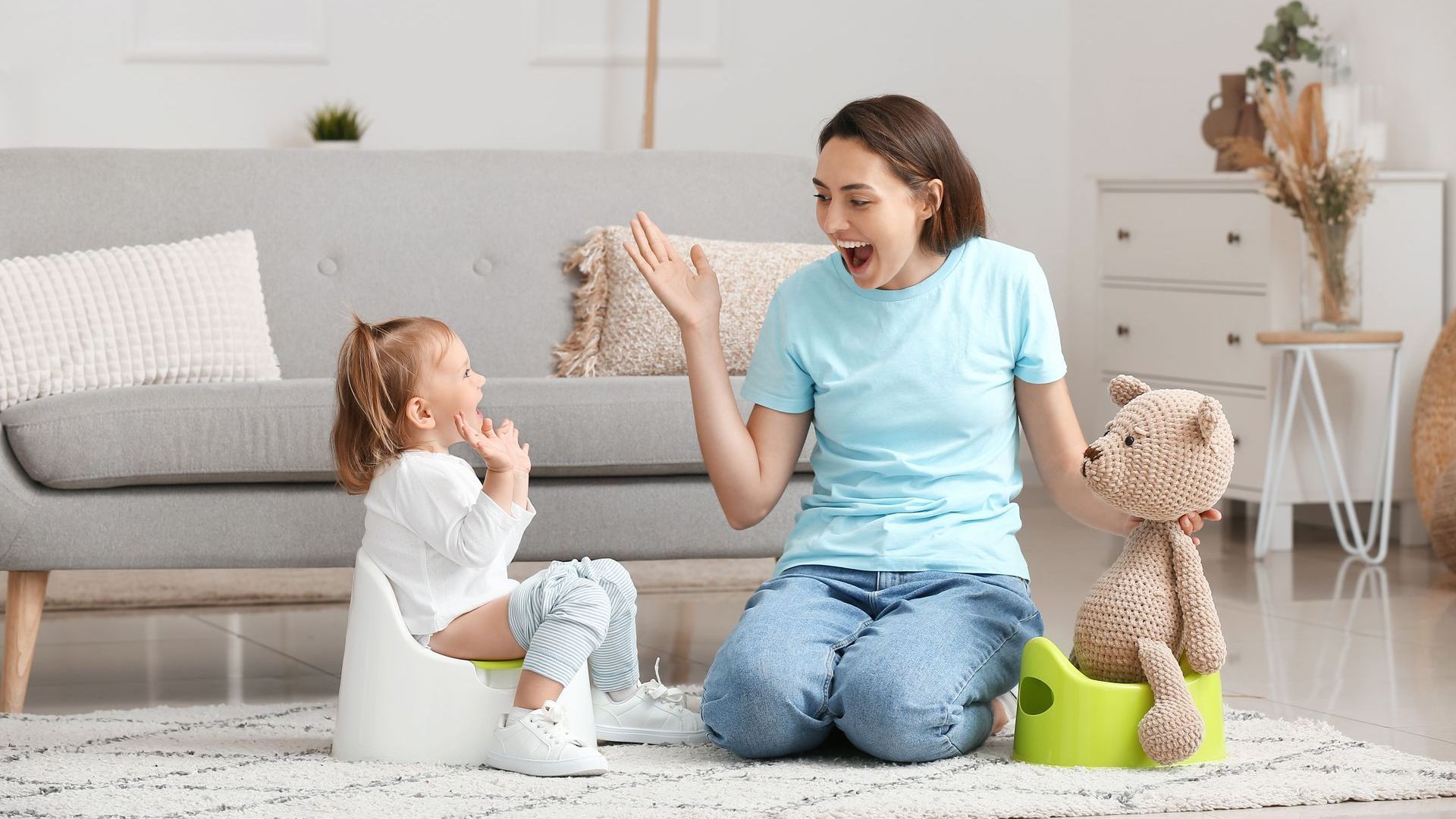
The journey from diapers to using the toilet is a significant milestone for toddlers and parents alike. Potty training can be a daunting challenge, filled with moments of pride and instances of puddles. Yet, with patience, persistence, and a few tried-and-true strategies, you and your little one can navigate this transition smoothly. Here’s a guide to potty training, replete with tips and tricks to make the process more manageable.
The initial step in potty training is recognizing when your child is ready. Every child is unique; some might show interest in the toilet as early as 18 months, while others might be closer to three years before they're ready. Key signs of readiness include staying dry for longer periods, showing interest in the toilet or the bathroom habits of siblings, and communicating about bowel movements. They might also exhibit signs of discomfort in wet diapers or seek privacy when they need to go.
Once you've determined that your child is ready, embark on the adventure with a sense of excitement. Making a big deal about buying their first pair of underwear or letting them choose designs with their favorite characters can set a positive tone. This not only makes the transition fun but also gives them a sense of ownership in the process.
Consistency is key. Choose a period when you can spend a lot of time at home, like a long weekend, to start the potty training process. This allows you to dedicate ample attention to your child, spotting signs they need to go, and making frequent trips to the bathroom. Establishing a routine, like trying the potty after meals or before bedtime, can also help create a sense of predictability.
During this period, expect accidents. They are a natural part of the learning curve. When they happen, stay calm and avoid expressing frustration. Instead, reassure your child, letting them know it's okay and that they'll get it right the next time. The key is to maintain a positive attitude, celebrating successes and offering encouragement during setbacks.
Communication plays a vital role. Cultivate an environment where your child feels comfortable talking about their bathroom needs. Use simple, consistent language that they can pick up. Phrases like "Do you need to go potty?" or "Let's try the toilet before we go out," can be effective cues. Pay attention to their non-verbal signals as well, like squirming, holding the genital area, or suddenly stopping an activity. These might be indications that they need a bathroom break.
Equip your home to facilitate this transition. If you're using a regular toilet, a step stool can help them climb up, and a smaller seat attachment can make it more comfortable for them. If you're using a standalone potty, place it in a location that's easily accessible to your child. Some parents find it beneficial to have multiple potties or to carry a portable one during the initial days, ensuring that a toilet is always within reach.
Another practical tip is to dress your child in clothes that are easy to remove. This minimizes potential barriers when they feel the urge to go, especially in the beginning when the window of time between recognizing the need and actually going can be very short.
Remember, night-time potty training often comes later than daytime training. It's not uncommon for children to master daytime control long before they consistently wake up dry. Using pull-ups or protective sheets can help manage night-time accidents. Over time, as their bladder capacity increases and they become more attuned to the sensation of needing to go, nights will become dryer.
Seeking advice and sharing experiences with other parents can provide additional strategies and reassurance. Whether it's through parenting groups, friends, or family, hearing about others' journeys can offer both comfort and insights.
Lastly, practice patience. Potty training is a significant transition for your child. While some might grasp the concept within a few days, others might take several months. Celebrate small victories, offer lots of praise, and remember that setbacks are temporary. Soon enough, your child will gain both the confidence and capability to leave diapers behind.
Potty training is a rite of passage, marking a step towards independence for your child. With consistent efforts, open communication, and a sprinkling of patience, this phase can be less about messes and more about memorable moments. As with many parenting challenges, this too shall pass, leaving you with stories to recount and a child proud of their new-found skill.

